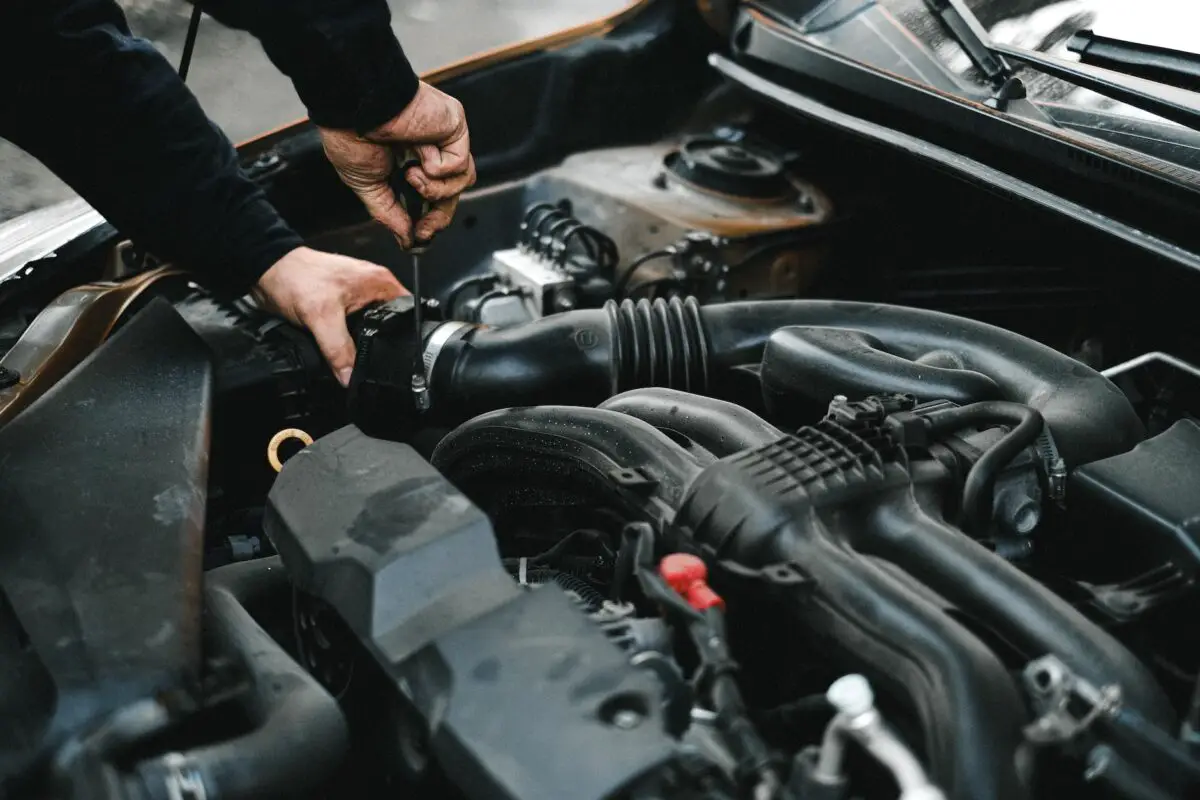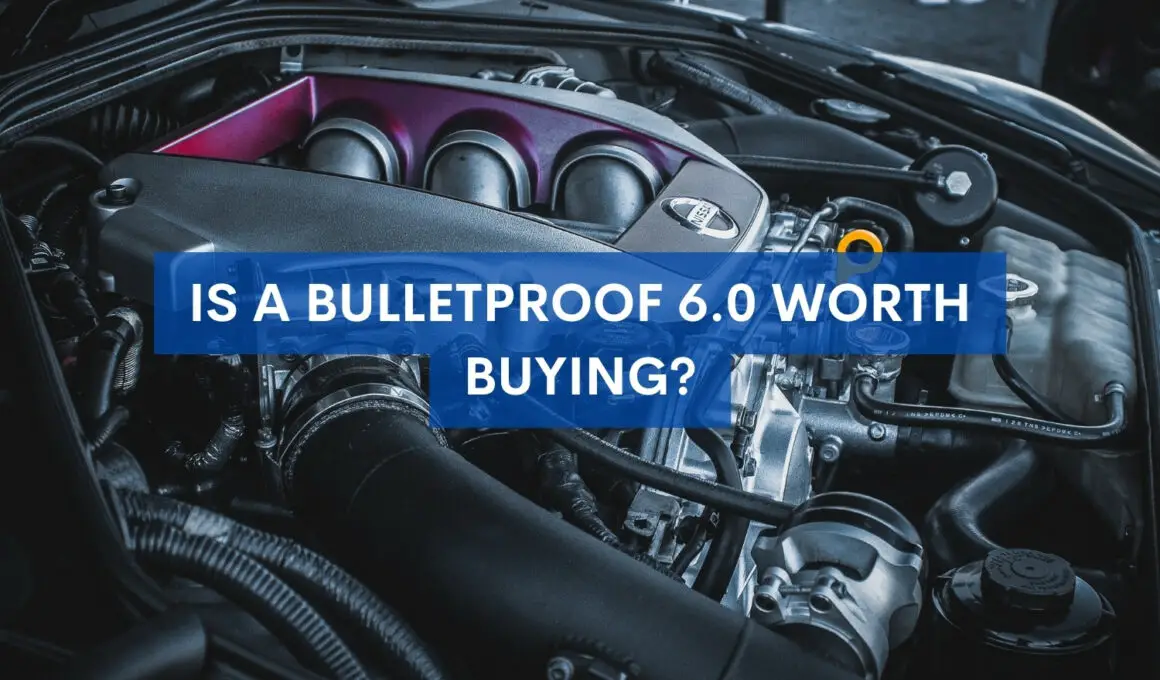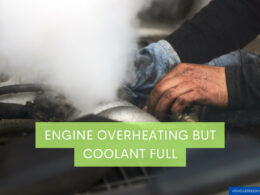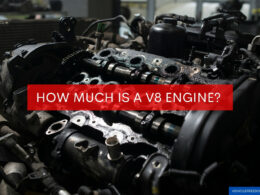In This Article Show
I’m often asked about the pros and cons of various vehicle components and upgrades. One question that comes up frequently is, “Is a bulletproof 6.0 worth buying?“
Given my 13 years of hands-on experience working with a wide array of engines, including the 6.0 Powerstroke, I understand the nuances behind this question. It’s not just about price or performance; it’s about reliability, long-term value, and peace of mind.
In this blog post, we’ll be diving deep into the world of 6.0 Powerstroke engines and their bulletproofed versions. We’ll explore what it means to bulletproof a 6.0, the potential benefits, the drawbacks, and compare it with other diesel engines.
So whether you’re a fellow mechanic, a truck enthusiast, or someone considering whether or not to invest in a bulletproof 6.0, this post is for you. Grab a cup of coffee, and let’s get started!
A Look at the 6.0 Powerstroke Engine
Let’s start from the very beginning by understanding the subject of our discussion: the 6.0 Powerstroke engine. Introduced in 2003 as a replacement for the 7.3 Powerstroke, this engine quickly became a popular choice among Ford’s heavy-duty truck line, powering vehicles like the F-250 and F-350.
However, as any experienced mechanic can attest – and I say this with 13 years of experience under my belt – no engine is without its issues. The 6.0 Powerstroke was no exception. Its reputation was somewhat temperamental, particularly in its early years, and has faced numerous criticisms for issues related to its EGR (Exhaust Gas Recirculation) system, head gaskets, and oil coolers.
One of the most common issues involved the EGR system, designed to reduce Nitrogen Oxide emissions. However, this system often led to coolant leaks, causing overheating and potentially engine failure if not addressed promptly.
Head gasket failures were another notable issue, often due to the high combustion pressure. The stock head bolts weren’t designed to handle such pressure, leading to gasket failures, which could cause coolant leaks and, in severe cases, engine failure.
Finally, the oil cooler’s design was another significant problem. The coolant passages could become clogged with debris or sediment, reducing the cooler’s effectiveness and leading to higher oil temperatures. Over time, these high temperatures could damage other engine components.
Despite these problems, the 6.0 Powerstroke engine wasn’t all bad news. It offered strong performance, good fuel economy, and smooth operation when running correctly. This dichotomy gave rise to a question: was there a way to overcome these challenges and unlock the full potential of the 6.0 Powerstroke? This is where the concept of ‘bulletproofing’ comes into the picture.
The Bulletproofing Process: An Overview
When we talk about bulletproofing in the context of a 6.0 Powerstroke engine, we’re essentially discussing the process of modifying and upgrading the engine to address its inherent problems. The term ‘bulletproofing’ is a bit of an industry slang that signifies making the engine more robust and reliable – almost as tough as ‘bulletproof’.
It’s important to note that ‘bulletproofing’ is not a standardized process, per se. Different mechanics and shops may have slightly different approaches, but the goal remains the same: to transform the 6.0 Powerstroke into a more reliable and resilient version of itself.
The process generally involves the following components:
EGR Delete or Upgrade
The EGR system is often removed or upgraded to address the frequent coolant leaks and overheating issues. An EGR delete involves removing the EGR system entirely, while an upgrade generally means installing a cooler with a better design that’s less prone to leakage and clogging.
Head Stud Replacement
The stock head bolts are replaced with stronger, aftermarket studs that can withstand the high combustion pressure and thereby prevent head gasket failures.
Oil Cooler Replacement or Upgrade
The stock oil cooler is either replaced with a better-designed unit or relocated entirely to prevent clogging and ensure efficient cooling.
Fuel Injection Control Module (FICM) Power Supply Upgrade
Often, the FICM power supply is upgraded to improve the overall performance and reliability of the engine.
Water Pump Replacement
The water pump is sometimes replaced with a more robust unit to ensure effective cooling.
I’ve performed these modifications many times, and I can attest that a properly bulletproofed 6.0 Powerstroke can significantly outperform and outlast its stock counterpart. However, this doesn’t mean the process is without drawbacks or that it’s the best decision for every truck owner.

The Pros of Investing in a Bulletproof 6.0
When you consider the issues that have been addressed by the bulletproofing process, it’s easy to see why many people opt for it. From my professional perspective, here are some of the most significant advantages:
Increased Reliability and Durability
The bulletproofing process addresses the known weaknesses of the 6.0 Powerstroke, enhancing its overall reliability and longevity. A bulletproofed 6.0 can handle high stress, heavy loads, and extended use far better than the stock version.
Improved Performance and Efficiency
A bulletproofed 6.0 doesn’t just last longer, it also performs better. Replacing or upgrading certain components can enhance the engine’s performance, leading to smoother operation, better fuel economy, and increased horsepower and torque.
Potential for Increased Resale Value
A bulletproofed 6.0 Powerstroke can command a higher resale value than its stock counterpart. Potential buyers often perceive the bulletproofing process as an added value, recognizing the time, effort, and expense that goes into these upgrades.
Lower Long-Term Maintenance Costs
While the upfront cost of bulletproofing can be significant, it often pays for itself in terms of reduced maintenance and repair costs down the line. By addressing the common issues plaguing the 6.0 Powerstroke, you can avoid costly and time-consuming repairs in the future.
While these benefits make a compelling case for bulletproofing a 6.0 Powerstroke, it’s important to consider the potential downsides as well.
The Cons of Investing in a Bulletproof 6.0
While the advantages of bulletproofing a 6.0 Powerstroke can be considerable, it’s important to understand that this process is not without its drawbacks. Drawing from my 13 years of experience as a mechanic, here are some potential cons you should consider:
High Initial Cost
The bulletproofing process involves considerable labor and parts. Depending on the specific upgrades, you could be looking at several thousand dollars upfront. While long-term savings on maintenance and repairs can offset this cost, it still requires a substantial initial investment.
Potential Warranty Issues
If your vehicle is under warranty, modifications like bulletproofing could potentially void it. Manufacturers typically do not cover repairs that are needed due to aftermarket modifications. Therefore, if your 6.0 Powerstroke is still under warranty, it’s essential to consider this before deciding to bulletproof.
Complexity and Time Involved
The process of bulletproofing a 6.0 Powerstroke is labor-intensive and time-consuming. It involves the disassembly of major engine components and can take several days or even weeks, depending on the mechanic’s availability and the extent of the upgrades. This means you’ll be without your vehicle for that period, which could be inconvenient.
Finding a Qualified Mechanic
Bulletproofing a 6.0 Powerstroke requires a mechanic with specific knowledge and experience. Not every mechanic is familiar with this process, and a poorly executed bulletproofing job can lead to more problems than it solves. Finding a trusted mechanic who specializes in this kind of work is essential.
Comparison with Other Engines
When considering whether to invest in a bulletproof 6.0, it’s essential to understand how it stacks up against other diesel engines. This comparison allows you to weigh your options and make an informed decision based on more than just the pros and cons of the 6.0 Powerstroke.
7.3 Powerstroke
The predecessor to the 6.0, the 7.3 Powerstroke, enjoys a reputation for being one of the most reliable diesel engines ever made. However, it’s important to remember that it’s an older engine model, and finding a well-maintained 7.3 can be challenging. While it lacks the performance characteristics of the 6.0, its reliability might make it worthwhile for those more interested in durability than performance.

6.4 Powerstroke
The 6.4 Powerstroke, which replaced the 6.0, offers improved performance but comes with its own set of issues, including fuel dilution and radiator problems. It’s also worth noting that the 6.4 is more challenging and expensive to bulletproof compared to the 6.0.
6.7 Powerstroke
The 6.7 Powerstroke is a more modern engine with substantial improvements in performance and reliability compared to its predecessors. While it’s generally considered a solid engine, it’s also more expensive in terms of initial purchase and repair costs.
Duramax and Cummins Engines
If you’re open to considering other brands, both Duramax and Cummins offer competitive alternatives to Powerstroke engines. Duramax engines are known for their performance and quieter operation, while Cummins engines are famed for their robustness and simplicity, which often leads to longer life spans and lower maintenance costs.
Each of these engines has its own strengths and weaknesses; what works best for you depends on your specific needs and circumstances. If you’re considering a bulletproof 6.0, compare it to these alternatives in terms of cost (both initial and ongoing), reliability, performance, and personal preference.
Is a Bulletproof 6.0 Worth Buying? An Unbiased Conclusion
Having delved into the world of 6.0 Powerstroke engines, explored the bulletproofing process, and compared the bulletproof 6.0 with other engines, we now return to the central question: Is a bulletproof 6.0 worth buying?
As is often the case with complex questions, the answer depends on your specific circumstances and what you’re looking for in an engine.
If you’re a truck enthusiast who values performance and efficiency, and you’re willing to make an upfront investment for long-term gains, a bulletproof 6.0 could be a worthy option. It offers the potential for increased reliability, improved performance, and lower long-term maintenance costs, compared to the stock version.
However, if you’re wary of the high initial cost, potential warranty issues, time involved, or difficulty finding a qualified mechanic, you might consider other alternatives. Each of the other engines discussed – whether the 7.3, 6.4, or 6.7 Powerstroke, or the Duramax or Cummins engines – brings its own set of strengths and weaknesses to the table.
Ultimately, the best decision is an informed one. Weigh your options carefully, consider your specific needs and circumstances, and remember that what works for one person might not work for another.
Like any investment, buying an engine involves a certain degree of risk. However, with the right information and careful consideration, you can minimize that risk and make a choice that you’re happy with for years to come.











